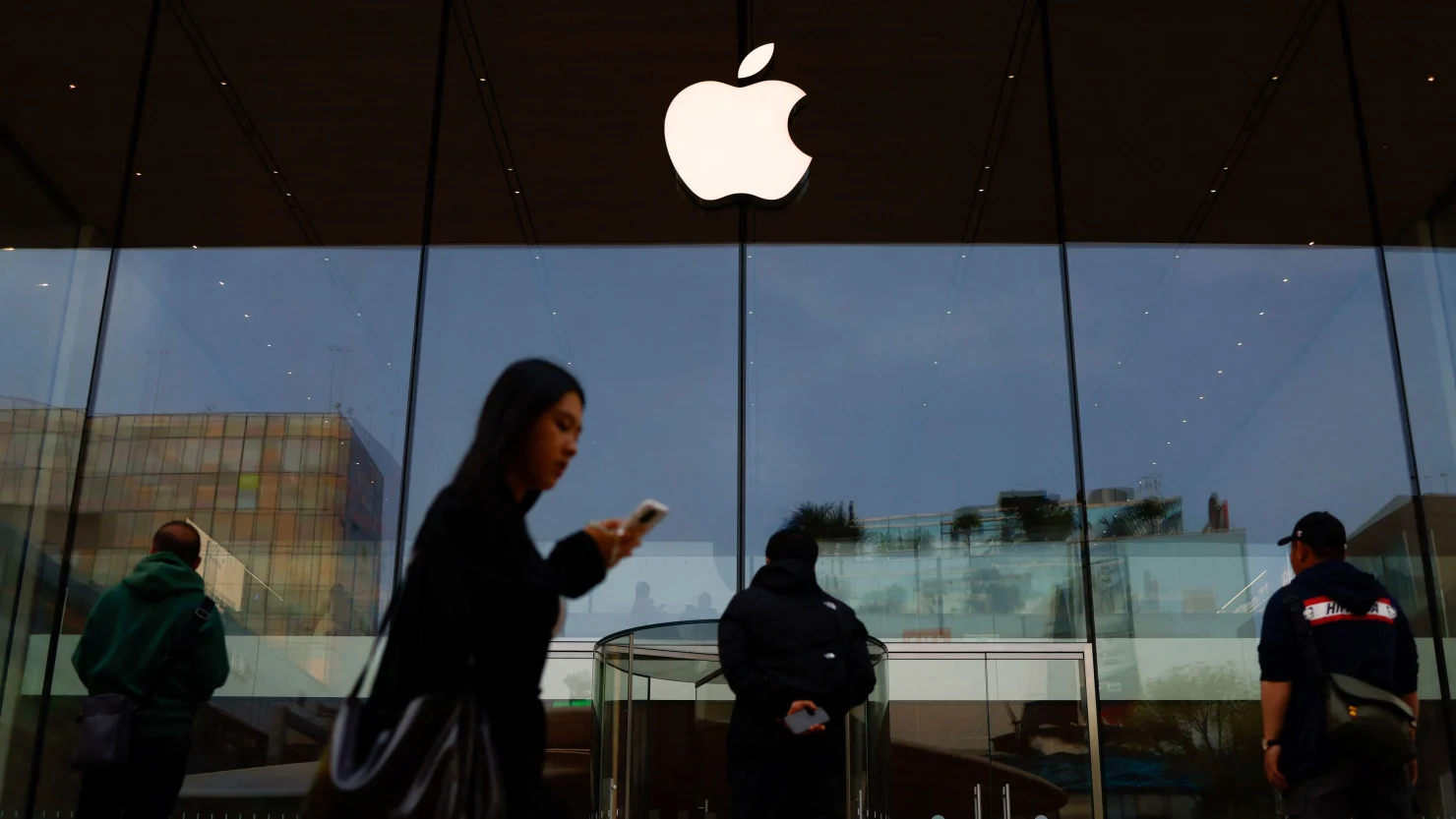Apple has increased trade-in values for its iPhones in China, offering customers more money toward their next purchase by trading in old devices, signaling its ongoing effort to boost demand in the critical Chinese market. The trade-in value for the iPhone 15 Pro Max has been raised to a maximum of 5,700 Chinese yuan (approximately $791), up from 5,625 yuan previously. The new flagship iPhone 15 Pro Max starts at 7,999 yuan in China. The iPhone 15 Pro model also saw a small increase in trade-in value, rising to 4,750 yuan from 4,725 yuan. Other iPhone models received similar trade-in value boosts, reflecting Apple’s broader strategy to incentivize upgrades.
Over the past year, Apple has frequently offered discounts in China, particularly around key holiday periods, as it confronts challenges including falling market share and sales declines amid fierce competition from domestic smartphone makers. In the first quarter, shipments of Apple devices in China dropped 8% year-over-year, with the company’s share of the smartphone market shrinking from 15% to 13%, according to Canalys data. Sales in the Greater China region, which also includes Hong Kong and Taiwan, have slightly declined on an annual basis, underscoring the uphill battle Apple faces.
Beyond sales, Apple’s challenges in China extend to supply chain and production issues. Although most tariffs on China remain paused by the U.S. government, discussions continue around the possibility of imposing duties on chips and other electronic components. China remains a crucial manufacturing hub for Apple, with about 90% of iPhones produced through its key partner, Foxconn. However, Apple has been steadily expanding production in India, a move that has drawn criticism from former U.S. President Donald Trump. Trump recently expressed his preference that Apple manufacture devices in the United States rather than India, adding political pressure to Apple’s global supply strategy.
Meanwhile, Apple faces intensifying competition from Chinese smartphone makers, especially Xiaomi and Huawei. Huawei has seen a remarkable resurgence in its home market over the last 17 months, fueled by advancements in chip technology and a steady stream of new device launches. Xiaomi, which led the Chinese smartphone market in the first quarter by market share, is increasingly targeting the premium segment to compete directly with Apple. The company recently unveiled the Xiaomi 15S Pro smartphone, featuring a proprietary chip—a rare achievement that few global players have managed. Xiaomi has also committed nearly $7 billion toward chip development over the next decade, signaling strong ambitions to challenge both Apple and Huawei on innovation and market share fronts.
Apple’s increased trade-in offers in China, while modest, highlight its determination to stimulate sales amid a rapidly evolving and highly competitive market. With local rivals gaining ground through technological innovation and aggressive product launches, Apple’s ability to maintain its position in China depends not only on appealing pricing strategies but also on navigating geopolitical tensions and supply chain shifts. The coming months will be critical as Apple balances these pressures while continuing to seek growth in one of the world’s most important smartphone markets.
READ MORE:
